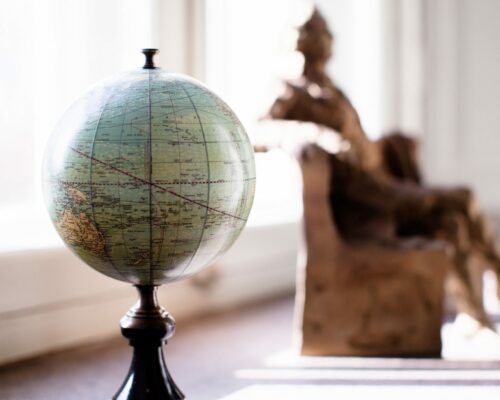Funding that Elevated Turku Bioscience Community to the World Stage
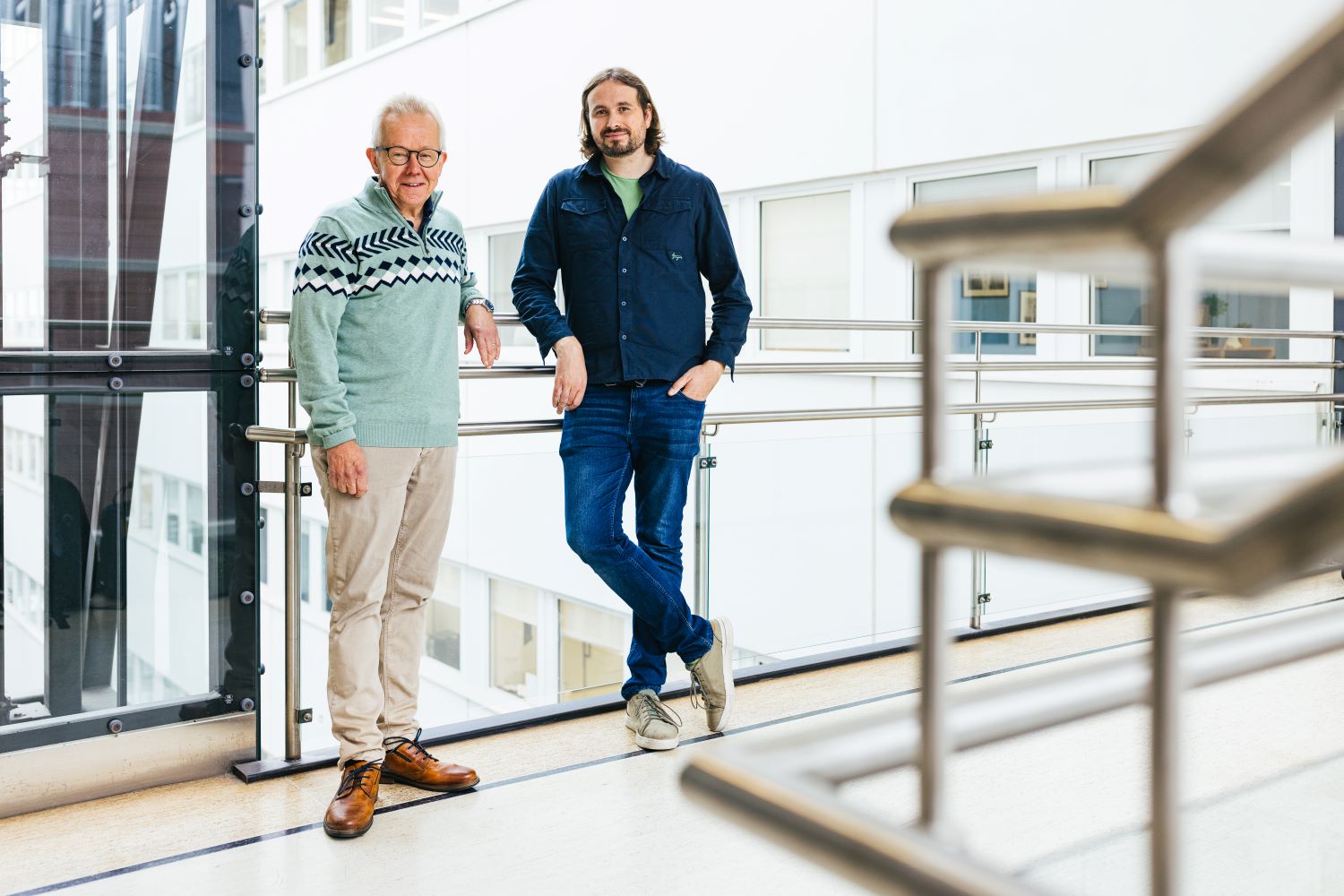
At BioCity in Turku, world-class research groups, startups, and students gather around cutting-edge imaging devices. Two strategically placed grants from the Åbo Akademi University Foundation thrust Turku into the scientific spotlight – and two decades later, the impact is profound, with future possibilities that surpass all expectations.
On the fifth floor of BioCity, a sign above one of the laboratories reads “Hell.” As Professor John Eriksson and I step inside, we’re surrounded by an array of buttons, dials, electronic components, and optical lenses.
– The breakthrough that led to the Nobel Prize in Chemistry in 2014 happened in this room, Eriksson reveals.
The lab is named after Romanian-German physicist Stefan Hell. His discovery formed the foundation for STED microscope, a high-resolution technique that enables researchers to examine cellular components in far greater detail than previously was imaginable.
– During his Nobel banquet speech, Stefan Hell thanked Finland, the Research Council of Finland, and Turku, Eriksson notes.
Yet the Nobel Prize is just one of many success stories emerging from the Turku Bioscience Centre. Over the past few decades, the centre has achieved remarkable advancements, primarily due to two strategic contributions from the Åbo Akademi University Foundation.
Pioneers of Open Access
BioCity and its technology park, the Turku Bioscience Centre, were established in the late 1980s through a collaboration between the Åbo Akademi University and the University of Turku. Initially envisioned as a hub for advanced research equipment, the centre remained relatively average in Finland by the late 1990s when Eriksson took on the role of professor of cell biology.
– However, in 2001, Åbo Akademi University Foundation granted a scholarship of one million Finnish marks to acquire cutting edge microscopy equipment, which catalysed rapid growth.
The Turku Bioscience Centre embraced the open access philosophy early on, offering researchers worldwide access to advanced equipment for nominal fees—an unusual approach at the time.
– This initiative laid the foundation for the Turku Cell Imaging Core, enabling researchers to take full advantage of the advanced microscopes. It sparked the global scientific community’s interest in BioCity Turku.
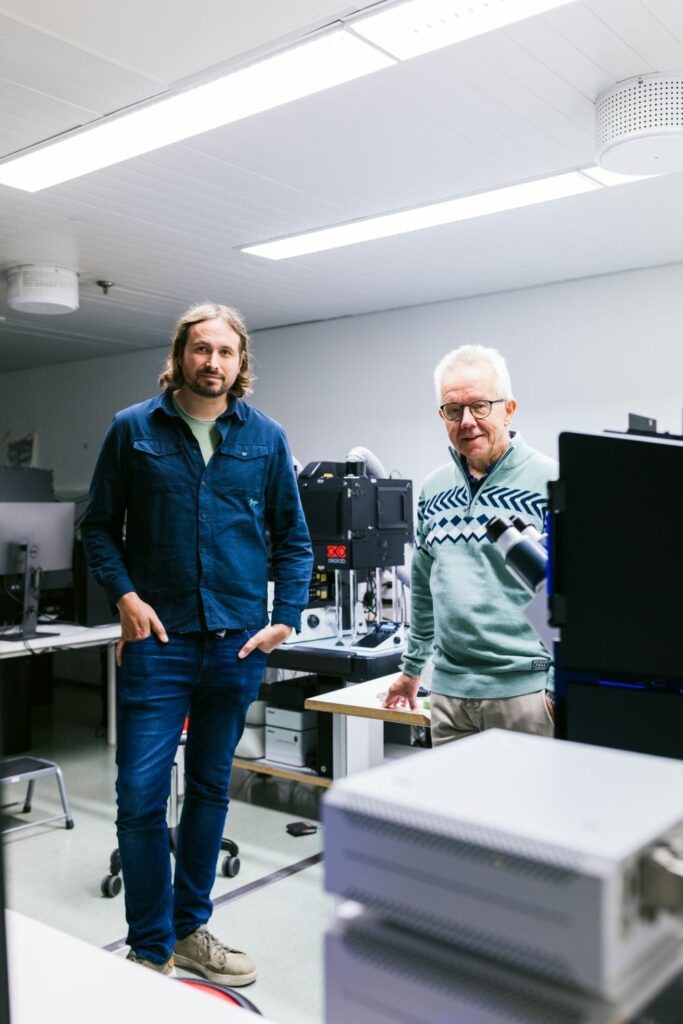
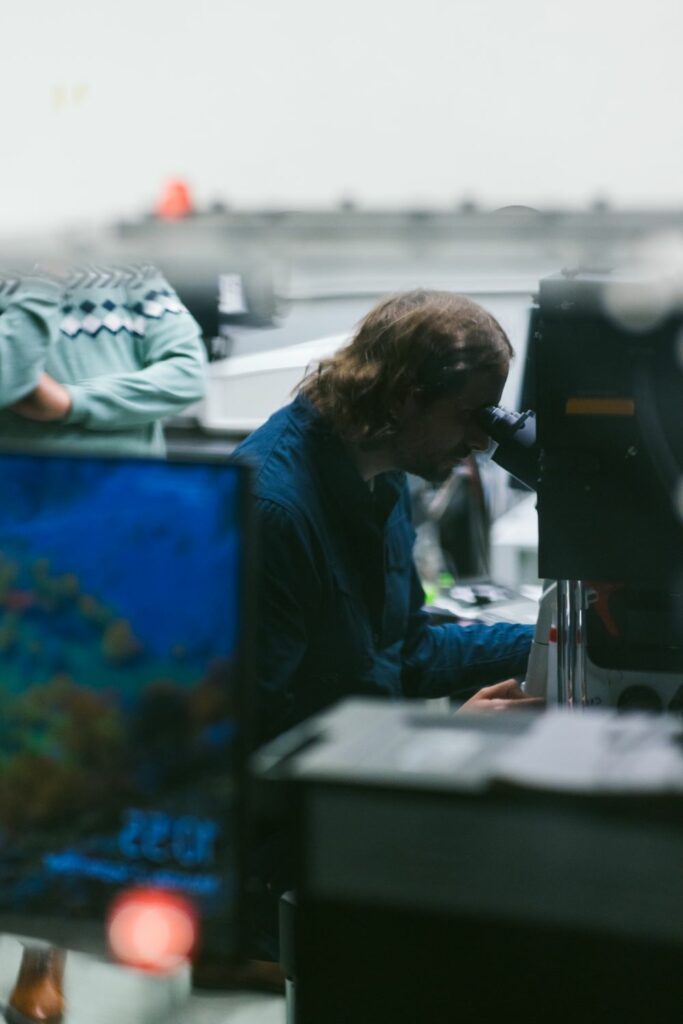
The Scholarship Was a Catalyst – Everything Quickly Took off from there
In 2006, Eriksson left from the University of Turku to become a professor at the Åbo Akademi University. At the time, discussions revolved around how to further elevate the profile of medical and biological research.
– We recognised that bio-imaging was a broad and shared area of expertise. There was world-class knowledge and equipment for studying everything from molecules and cells to tissues, organisms, and human diseases. The advantages of combining the synergies between instruments and expertise quickly became clear, Eriksson recalls.
In 2007, the Åbo Akademi University Foundation delivered a significant boost through a strategic grant, which the University of Turku matched. These grants enabled the acquisition of unique, world-class instruments.
With our coordinated services, ranging from molecular observation to patient studies, and a well-organized system for user support, training, and equipment management, we quickly found ourselves at the top level of Finnish research.
This advancement strengthened not only fundamental research but also teaching, innovation, diagnostics, clinical work, and Turku’s profile as a research city. A national umbrella organization, Turku BioImaging, was established through collaboration between the two universities and the hospital district.
– The foundation’s support was crucial. It acted as a catalyst, sparking an almost explosive reaction. What began as a targeted intervention has, nearly 20 years later, evolved into something far bigger and more impactful than anyone could have imagined, says Eriksson.
Built on the Same Principle as CERN
It didn’t take long for the global scientific community to recognise Turku BioImaging. The open access principle allowed international researchers to increasingly take advantage of its cutting-edge technologies, and it soon became regarded as one of the top facilities in Europe.
– We assumed a coordinating role for this technology area in Finland. If anyone in Europe wanted to collaborate with Finland, they came to us, says Eriksson.
In 2008, the pan-European organisation Euro-BioImaging was established to offer services to the most advanced imaging centres in Europe. The organisation was founded on the same principle as CERN, the particle physics laboratory in Switzerland, where multiple states collaborated to jointly acquire advanced research equipment.
– Euro-BioImaging was built over a span of 10 years. By 2018, everything was in place, the EU approved it in 2019, and in 2020, we opened our doors to the scientific community.
Euro-BioImaging is funded and managed by 19 member states and includes 237 service units across Europe. Thanks to Turku’s strong international reputation and active engagement, the headquarters were established in Turku, and in 2021, Eriksson was appointed Director General.
– I’m very happy that Turku is now Europe’s capital for this vital scientific field, Eriksson says.
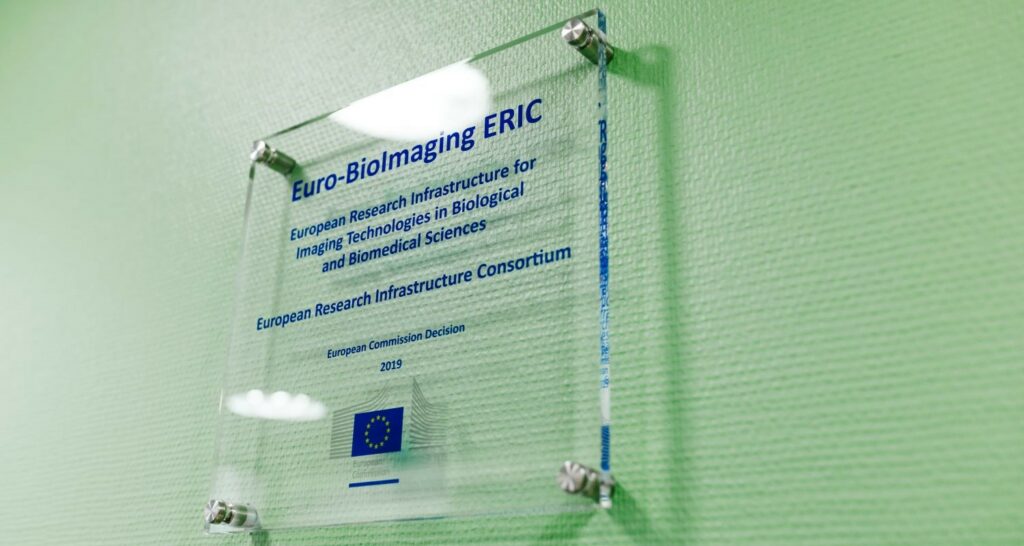
Open Access and Free Knowledge Exchange
Guillaume Jacquemet, who leads the steering group at Turku BioImaging, is one of the younger international researchers who has established himself in Turku. With a research background in both France and the UK, he moved to Finland about 10 years ago.
– In Turku, I have access to the infrastructure that enables me to conduct the research I want, and the city also offers a high quality of life.
Jacquemet leads a lab focused on cancer research. The study how cancer cells move within the body, requires a range of advanced imaging technologies, and access to all of them is one of the key strengths of the Turku Biosciences Centre. The open access model is also very important.
The ability to rent instruments at a low cost is vital, as is the expertise available at BioCity. The collaboration between the two universities further enhances knowledge exchange, and this must be preserved as the Turku Biosciences Centre transitions to new facilities.
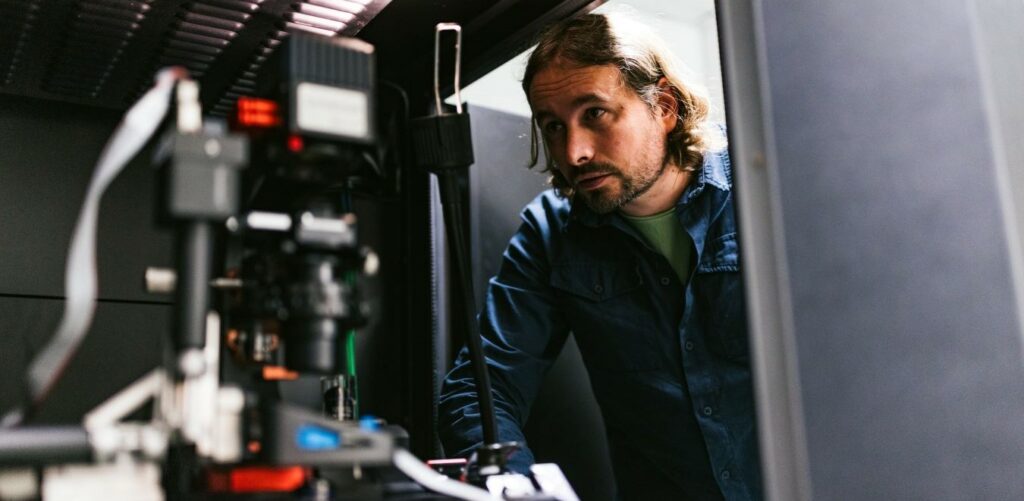
Riding the Wave of AI-Driven Image Analysis
Jacquemet is one of the leading researchers in developing artificial intelligence as a tool for analysing microscope images. He likens the rapid evolution of AI over the past five years as riding a wave.
– It’s advancing incredibly fast; every two or three months, we see a major breakthrough. It’s an exciting time to be a researcher in bio-imaging, he explains.
His team is constantly developing AI-powered software to perform increasingly advanced analyses. Artificial intelligence also streamlines the research process, saving valuable time and can impact the entire research field.
– Bio-imaging is central to all life sciences. Most laboratories rely on it in some capacity, and AI is proving to be a game-changer in this area.
The Seed Has Grown into a Tree
When Professor Eriksson returned to Turku in 1994 after his postdoctoral studies in the U.S., BioCity was home to an average Finnish research centre. Today, the building is bustling with international research groups and students, while the surrounding area has become a breeding ground for numerous startups in medicine and biology.
– All of this has grown from the seed planted by the foundation’s grants in 2001 and 2006. With a bit of nurturing and a couple of decades, that seed has flourished into a large tree. The journey has been long, but the impact and rewards have been enormous, creating possibilities that no one could have predicted at the European and global levels.
Eriksson points out that the international research at BioCity has not only benefited the Åbo Akademi University and the University of Turku. The impact reaches from the local community to the national and international stage. He underscores the need for both universities and the City of Turku to continue moving forward with optimism and strategic foresight.
– With thoughtful planning and targeted investments, the well-established knowledge area, combined with the strong national presence of Turku BioImaging and the international prominence of Euro-BioImaging, can continue to deliver significant breakthroughs and successes well into the future.
The article was originally published in Swedish in Inblick 2024, the magazine of the Åbo Akademi University Foundation.
Text: Sebastian Dahlström
Image: Heikki Räisänen
You might also be interested in the following articles.
-
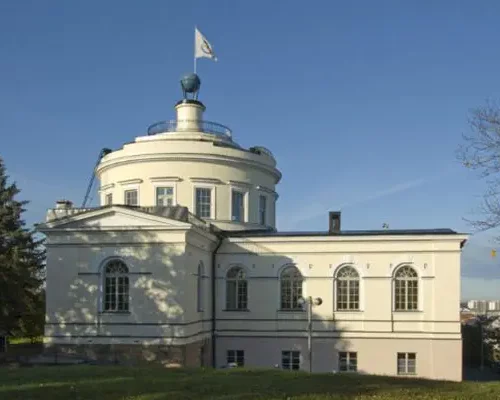 30.12.2022
30.12.2022ÅAU Centres of Excellence in Research 2024-2028 – The application round is open
-
